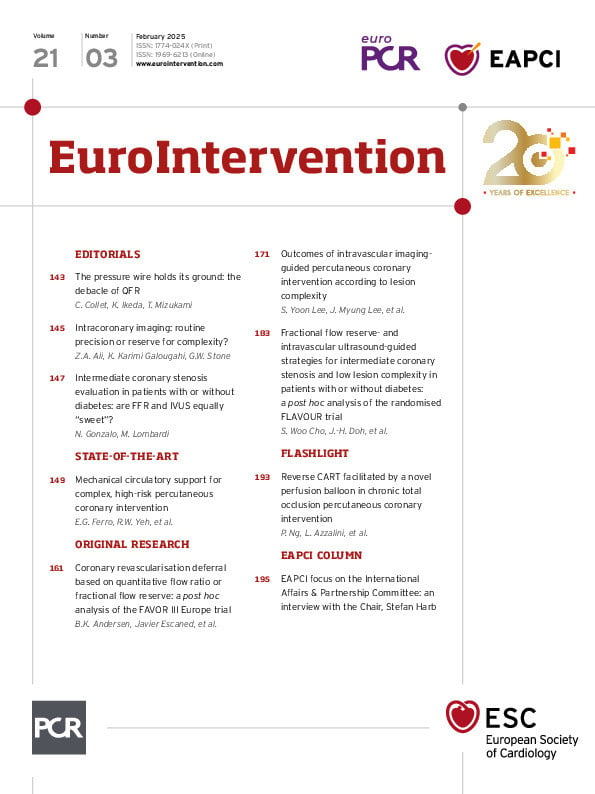What is the role of the Committee?
In many parts of the world, interventional cardiologists are organised into local or regional societies and these societies have developed, in different ways, according to various politi- cal structures. Some are closely related to National Cardiac Societies, while others are independent bodies who have established authority based on the common needs of their professional members.
The EAPCI National Societies Committee represents the 58 ESC National Cardiac Societies and has been very successful in creating collaborative and professional relationships across ESC countries. EAPCI President Alaide Chieffo developed the EAPCI International Affairs and Partnership Committee to collaborate with the 49 ESC Affiliated Cardiac Societies and strengthen our links worldwide.
As Chair, I realised this was an opportunity to draw from my network of many international friends developed over decades and to bring our individual bonds to the next level, helping our respective societies get closer. Societies cannot fulfil such a task alone: it requires the active input of real people to make cooperation happen.
Together with my Co-Chair, Sarita Rao, and committee members from around the world, we aim to build upon the partnerships between the ESC Affiliated Cardiac Societies and the EAPCI, sharing knowledge, experience, and training with the ultimate aim of improved outcomes for all our patients.
How does the Committee benefit the community?
By exploring how various societies operate and what cardiologists in other parts of the world both need from EAPCI and can offer to EAPCI, our Committee will pave the way towards collaborative working. We have the opportunity to compare regional algorithms and combine them for global use. We can encourage scientists to combine forces and use local structures for global surveys and trials. Drawing from international sources, we expect to further improve the scientific evidence base and clinical care for our patients.
What are the key projects for your term?
We intend to better understand the needs and potential of our colleagues in Asia, the Middle East, Africa and America. We plan to establish further opportunities to collaborate, promoting joint educational and scientific activities in coronary and structural percutaneous interventions in these areas. We believe that the international exchange of young cardiologists through educational opportunities will be a reliable foundation for the future cooperation of individuals, centres and countries. We also plan to tap into existing society structures in different countries to develop informative surveys that may provide reliable data for future scientific cooperation. Finally, we will work towards international multisociety consensus papers, and we are preparing sessions for future ESC meetings to share our findings and address future needs.
How can EAPCI members become involved in the work of the Committee?
We encourage EAPCI members to respond to our surveys, which they will receive via email, in the near future. We invite anyone who wishes to collaborate with us to get in contact via the EAPCI. Active participation in our projects from all our current and future friends and collaborators will be highly appreciated. Finally, our term of office is restricted to two years; therefore, EAPCI members can consider whether they wish to apply for the next term and begin to prepare their ideas.

